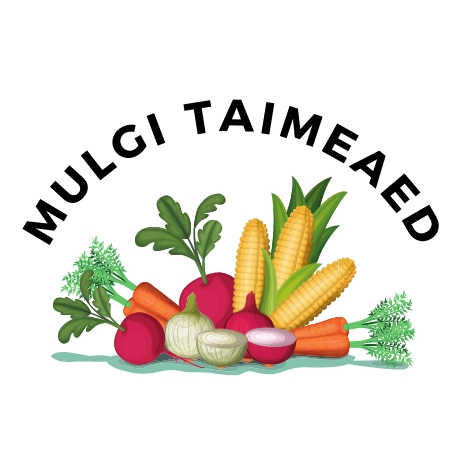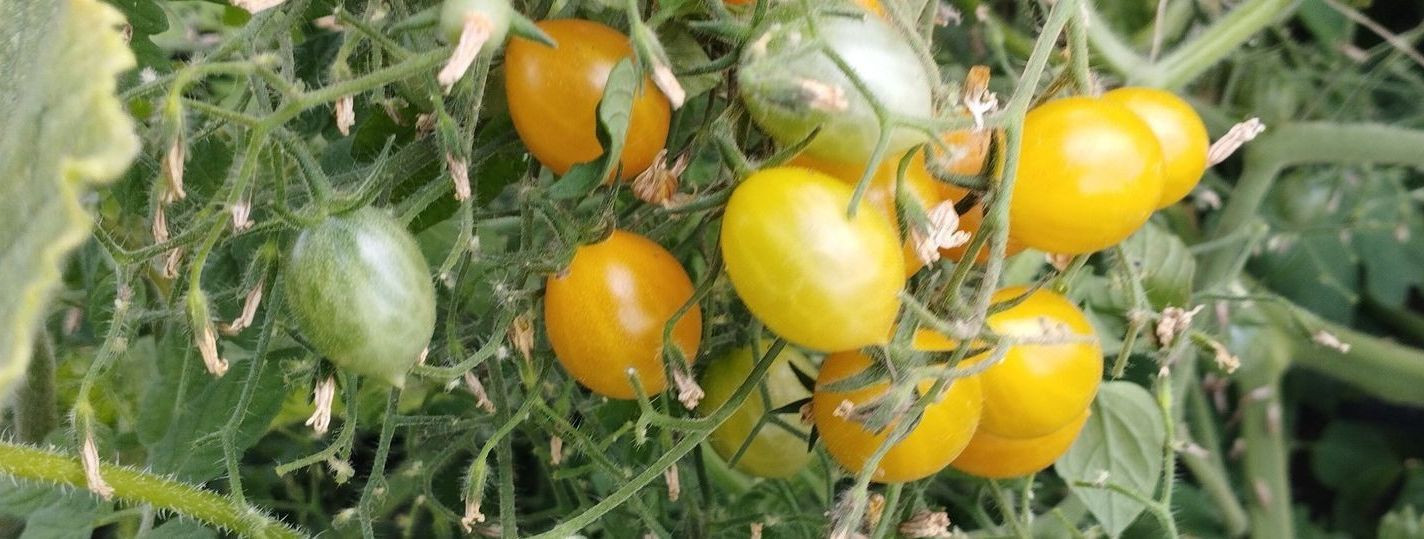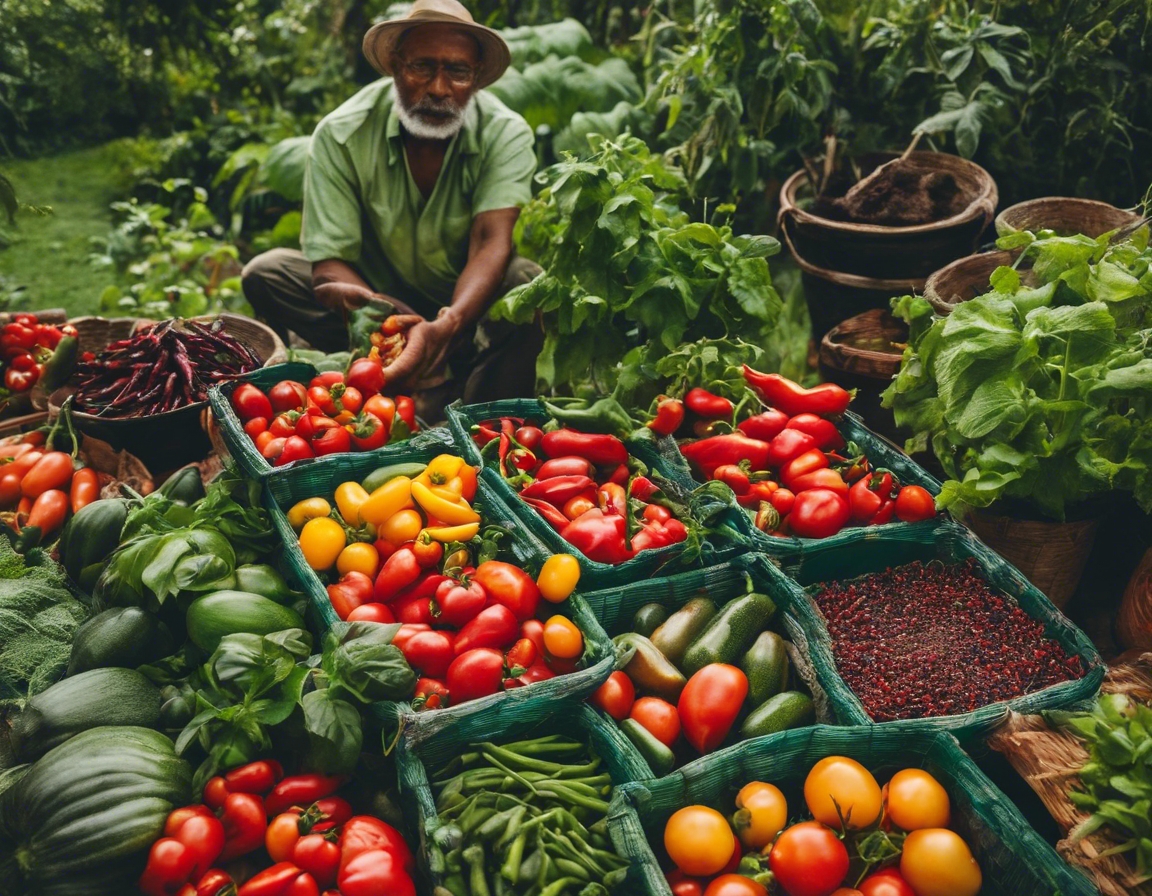From seed to sauce: growing the perfect tomato
The tomato plant is a versatile and rewarding crop for both novice and experienced gardeners. Originating in South America, it has become a staple in gardens worldwide. Tomatoes are rich in vitamins A and C, antioxidants, and are a key ingredient in countless recipes.
Growing your own tomatoes offers a range of benefits, from the joy of gardening to the superior flavor of freshly picked produce. Home-grown tomatoes are also free from the synthetic chemicals often used in mass production.
Selecting the Right Tomato Seeds
Heirloom tomatoes are open-pollinated varieties passed down through generations, known for their rich flavor and diverse characteristics. Hybrid tomatoes are bred for specific traits such as disease resistance and uniformity. Your choice depends on your priorities: flavor, ease of growth, or disease resistance.
For sauce-making, varieties like 'San Marzano' and 'Roma' are popular due to their meaty texture and low moisture content. These characteristics make them ideal for cooking down into a rich, thick sauce.
Starting Your Tomato Seeds Indoors
Begin by selecting a high-quality seed starting mix and clean containers. This ensures healthy seedling growth and prevents disease. Fill the containers with the mix, plant the seeds according to packet instructions, and keep them in a warm, well-lit area.
Tomato seeds typically germinate within 5-10 days when kept at 70-80°F (21-27°C). Consistent moisture is crucial, so cover the containers with plastic wrap or a dome to retain humidity until the seeds sprout.
Transplanting Tomato Seedlings
Before transplanting outdoors, seedlings must be gradually acclimated to outdoor conditions. This process, known as hardening off, involves exposing the plants to the elements for increasing periods over a week or two.
Tomatoes thrive in a sunny spot with at least 6-8 hours of direct sunlight and well-draining soil rich in organic matter. Test your soil and amend it with compost or other organic materials to provide the best growing conditions.
Nurturing Your Tomato Plants
Consistent watering is key to preventing issues like blossom-end rot. Water deeply at the base of the plants to encourage strong root development. A balanced fertilizer applied at planting and throughout the growing season will support healthy growth.
Support structures such as stakes, cages, or trellises are essential for keeping tomato plants upright and promoting air circulation, which helps prevent disease. Choose a support method that suits the growth habit of your tomato variety.
Protecting Tomatoes from Pests and Diseases
Tomato hornworms, aphids, and spider mites are common pests. Organic controls include handpicking, using insecticidal soaps, and encouraging beneficial insects that prey on these pests.
Tomato diseases such as blight and wilt can be managed by practicing crop rotation, removing affected foliage, and choosing disease-resistant varieties. Proper spacing and watering techniques also reduce disease risk.
Harvesting and Storing Tomatoes
Tomatoes are ready to harvest when they are firm and fully colored. Gently twist the fruit off the vine or use a pair of clippers to avoid damaging the plant.
Store ripe tomatoes at room temperature away from direct sunlight. For longer preservation, consider canning, drying, or freezing your tomatoes to enjoy them year-round.
Making the Perfect Tomato Sauce
Start with freshly harvested tomatoes, cook them down with herbs like basil and oregano, and blend until smooth for a classic homemade tomato sauce.
For the best flavor, use a mix of tomato varieties and cook the sauce slowly to concentrate the flavors. Adding a touch of sugar can balance acidity, while a splash of olive oil adds richness.






Comments (0)